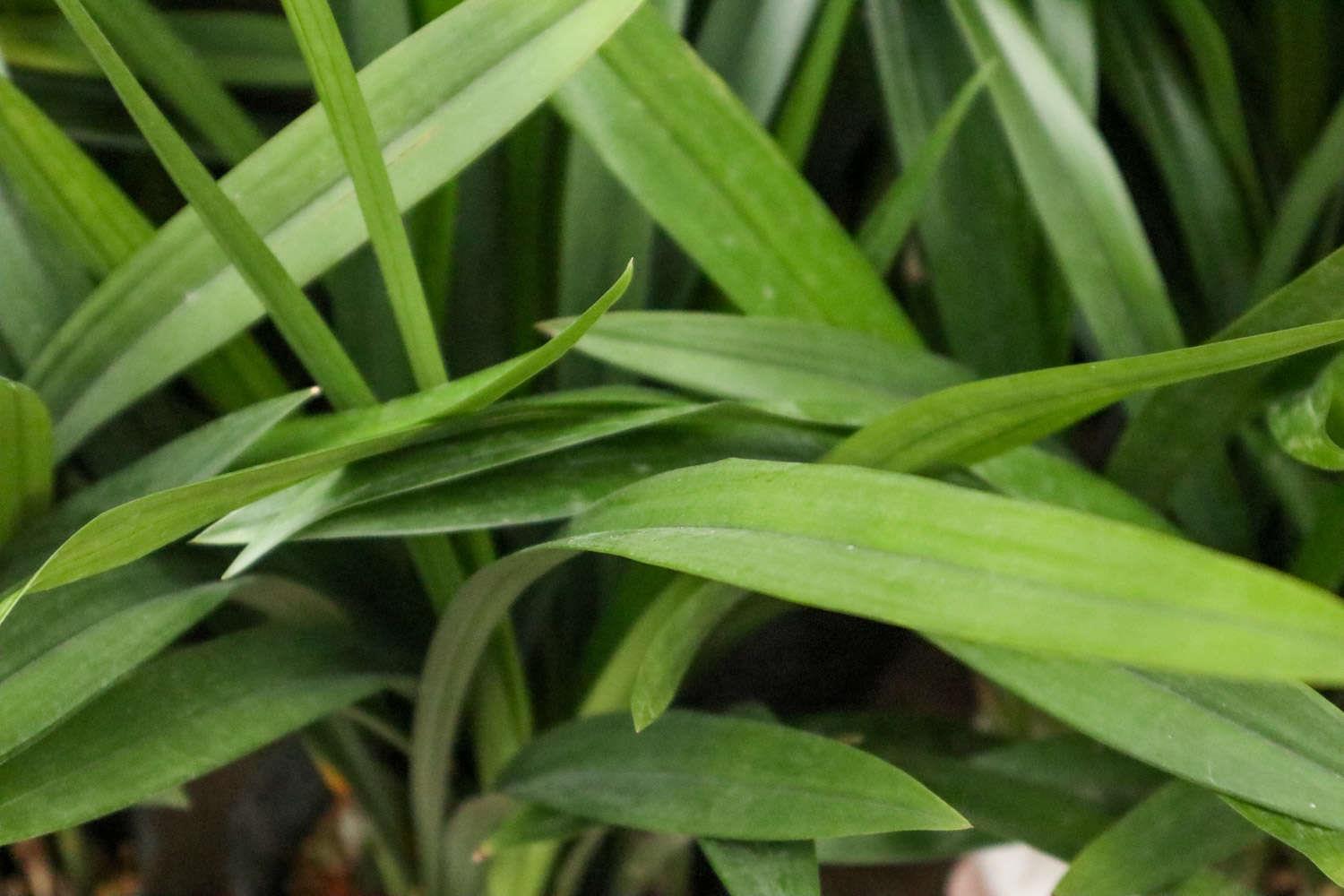How to pollinate orchids and how to germinate orchid seeds
Last Update :2024.12.09
Article Catalog
There are two methods for germinating orchid seeds. The first is to sow seeds with bacteria to cause them to germinate. Soak the seeds in warm water for about 10-12 hours, then sow them on the pot surface of the mother plant, and use the orchid bacteria of the mother plant to allow them to germinate and grow. The second is to use artificial cultivation technology to germinate under sterile conditions. The seeds are placed in a test tube or glass bottle with a proprietary culture medium, and the temperature and humidity are strictly controlled to allow the seeds to germinate. The conditions for aseptic sowing are relatively strict and are generally not suitable for home propagation of orchids.

1. How to pollinate
Orchids rely on insects for pollination and are insect-pollinated flowers. Because its flowers are large in size, beautiful in color, and carry a fragrant smell and sweet nectar, they attract bees and butterflies, allowing them to transfer pollen from one flower to another to complete the pollination process. In addition, orchids can also be pollinated manually. Because there are too many uncontrollable factors in insect pollination, in order to achieve the purpose of pollination and fertilization, Still need to achieve the goal through artificial pollination. Artificial pollination requires choosing the right time. Pollen just after flowering has the strongest germination power. The best pollination time is about 3-4 days after flowering.

2. How to germinate
1. Sowing with bacteria: Orchid seeds can use orchid bacteria from the mother plant to germinate, which can improve the survival rate of the seeds. Soak the seeds in warm water for about 10-12 hours, then sow them on the pot surface of the mother plant, using the orchid bacteria of the mother plant to allow them to germinate and grow. After planting it in the mother plant's pot for about two months, it can be cultured in a smaller pot.

2. Aseptic sowing: place the seeds in a proprietary culture medium in test tubes or glass bottles. Aseptic sowing requires the preparation of very demanding culture media, and the control of temperature and humidity is also relatively strict. Planting after germination also requires higher ecological conditions and management techniques. It is generally not suitable for home propagation of orchids.

- END -
Can African jasmine bask in the sun?

African jasmine, also called gray jasmine, is a plant with beautiful flowers. When...
How to raise longevity flower seedlings and how to grow quickly

The growth of Kalanchoe flower seedlings cannot be separated from suitable soil, a...